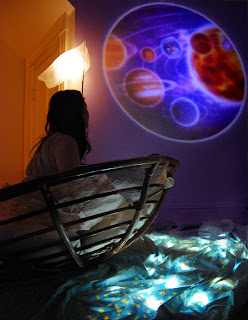These were the two images I submitted:


Here is the proof of purchase and receipt!:

















http://alexiasinclair.com/the-regal-twelve.
http://alexiasinclair.com/biography

Untitled (Feather Room), Megan Biddle. 2003. Construction materials and feathers. 6'x6'x7'. http://www.meganbiddle.com
One project I found really fun and something I'd like to try was her salt crystals project. By creating salt baths and taking care of them each day, she grew salt crystals and created a beautiful forms out of them on plastic forms and wood.






I had my mid-critique! It was incredibly uplifting and successful and I feel as though our class has really reached out for each other this semester and we're genuinely interested in each other's endeavors.
Enlightenment, Rebecca Arnold, 2010.


Coxswain, Boyd Webb, 63x75 inches, Archival Digital C Print, framed. http://www.artnet.com/artist/17598/boyd-webb.html

Bedding II, Boyd Webb, 63x75 inches, Archival Digital C Print, framed. http://www.artnet.com/artist/17598/boyd-webb.html
While I really like his work and find it relevant to my own, I feel like I'm trying to move away from this simplistic studio aesthetic. I want to have elements of domestic spaces in my photographs and added layers as well. I'd like to get back into doing studio work eventually, but not for this series.
Either way, I'm fascinated by his work and his utter control over his sets.

Tosser II, Boyd Webb, 63x75 inches, Archival Digital C Print, framed. http://www.artnet.com/artist/17598/boyd-webb.html
Without realizing, I see now that the three images I chose to share of his were all celestial/astronomical in style, which is actually what I've been working with lately with my own shoots (which I will show at mid-crit!). I probably also chose these because I tend to choose the most fantastical and whimsical images of my favored artists. So sue me.
http://www.suecrockford.com/artists/biography.asp?aid=15
(Posted in May from saved draft)
Paul Pfeiffer came to lecture last week at VCU, and it was great because I'm increasingly interested in video art and all of the possibilities in using that medium. Pfeiffer shared his short, looped 4"x5" films, that he described as video sculptures, which touched on subjects of religion, art, race, commerce and philosophy. By using video, sculpture, photography and modern technologies, Pfeiffer appropriates found footage and pop culture pictures to explore mass media's role in influencing society's consciousness.

Four Horsemen of the Apocalypse (28) Paul Pfeiffer, 2007. Digital C-print 60 x 40 inches. http://www.thomasdane.com/artist.php?artist_id=12
The small size of the films (4"x5") creates an intimate experience for the viewer, as Paul Pfeiffer explained, and through these films with such an introspective and spiritual nature, the viewers were to draw from their own psyche to create their personal interpretations of his work.
"Pfeiffer's work addresses how the image of the human being has been transformed by new digital technologies, which can be used both to store limitless amounts of visual information and to manipulate pre-existing images" - Hilarie M. Sheets (http://www.gagosian.com/artists/paul-pfeiffer)
Paul Pfeiffer is the recipient of several awards, most notably becoming the inaugural recipient of the Whitney Museum f American Art's Bucksbaum Award in 2000.



I want to include this one, just because it's fantastic:
photograph by Eugenio Recuenco, title and addition image information not found. (http://www.eugeniorecuenco.com) http://www.eugeniorecuenco.com http://www.bobbintalk.com/2010/01/eugenio-recuenco-inside-out.html |


